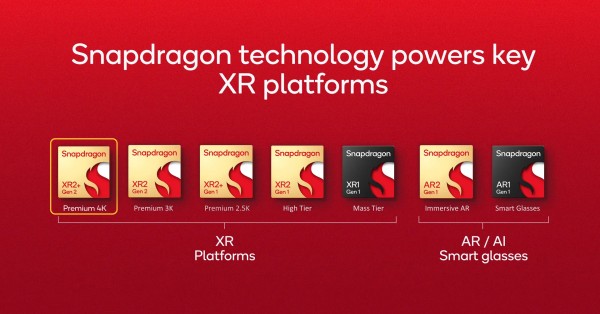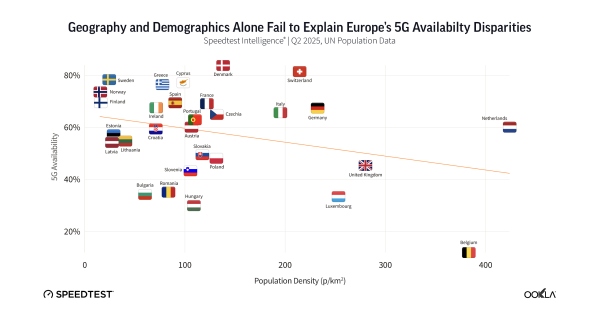Samsung Galaxy F55 5G with Snapdragon 7 Gen 1 Chipset Launched in India: Price, Specs, Launch Offers, and More
Samsung has officially launched the Galaxy F55 5G smartphone in India, marking a significant addition to its mid-range portfolio. Priced at ₹26,999, the Galaxy F55 5G comes equipped with the advanced Snapdragon 7 Gen 1 processor, designed to deliver robust performance and enhanced power efficiency. The device features a 6.7-inch Super AMOLED display, known for its vibrant colors and deep blacks, which ensures an immersive viewing experience.
In addition to its powerful processor and impressive display, the Galaxy F55 5G includes a versatile camera setup capable of capturing high-quality photos and videos. The smartphone also boasts a substantial battery life, supporting all-day usage on a single charge. With 5G connectivity, users can experience faster download and upload speeds, making it ideal for streaming, gaming, and other data-intensive activities. Samsung has also introduced several launch offers, including discounts and bundled deals, to make the Galaxy F55 5G an attractive purchase for potential buyers.
Lava Yuva 5G Ready to Hit Indian Market: Launch Details and Specifications Teased
Lava is gearing up to launch its latest budget-friendly smartphone, the Yuva 5G, in the Indian market. The Yuva 5G is expected to be priced below Rs. 10,000, making it one of the most affordable 5G smartphones available. Designed with a sleek aesthetic, the device aims to appeal to consumers looking for both style and performance on a budget.
The Lava Yuva 5G will feature a MediaTek Dimensity chipset, ensuring smooth and efficient operation. Its dual rear cameras, enhanced with AI capabilities, promise to deliver excellent photo and video quality. This smartphone targets budget-conscious consumers who want to take advantage of 5G connectivity without breaking the bank. With its competitive pricing and promising specifications, the Yuva 5G is set to attract a significant share of the budget segment, contributing to Lava’s growth in the Indian smartphone market.
Cheaper 5G Phones Chip Away at Average Prices
The introduction of numerous budget-friendly 5G smartphones has led to a notable decrease in the average prices of 5G devices in India. Brands like Vivo, Xiaomi, and Samsung have been at the forefront of this trend, collectively accounting for 53% of shipments in the budget segment during the latest quarter. This surge in affordable 5G phone models aligns with the broader rollout of 5G networks by major telecom operators such as Bharti Airtel and Reliance Jio.
The availability of cheaper 5G smartphones has democratized access to high-speed internet, allowing a larger segment of the population to benefit from advanced mobile connectivity. This shift is expected to accelerate digital adoption across various sectors, including education, entertainment, and e-commerce. As consumers increasingly opt for 5G-enabled devices, the overall market dynamics are changing, prompting manufacturers to innovate and offer competitive pricing strategies.
GST to Be Paid by Telcos Along with Instalments Towards Spectrum Charges
The Indian government has provided a critical clarification regarding the payment of Goods and Services Tax (GST) by telecommunications companies. According to the new directive, telcos must now pay GST concurrently with their instalments towards spectrum charges. This measure is intended to clear up any previous ambiguities concerning the GST collection process during spectrum auctions.
By establishing a clear protocol for GST payments, the government aims to simplify financial operations and ensure compliance within the telecom sector. This move is expected to reduce administrative burdens and prevent potential disputes over tax obligations. For telecom companies, this means a more streamlined and predictable payment schedule, allowing for better financial planning and resource allocation.
Mukesh Ambani Eyes Africa with New Telecom Venture: Report
Mukesh Ambani’s Reliance Jio is reportedly planning a strategic expansion into the African telecommunications market. This potential venture follows Jio’s transformative impact on the Indian telecom industry, where its introduction of low-cost data plans significantly disrupted the market and led to widespread digital adoption.
Expanding into Africa presents an opportunity for Jio to leverage its innovative business model and technological expertise in a new, high-growth market. The African telecom sector is ripe for development, with increasing demand for affordable and reliable connectivity solutions. Jio’s entry could accelerate digital transformation across the continent, providing accessible internet services and fostering economic growth through improved communication infrastructure.
Vodafone Idea Launches ‘Vi Guarantee Program’ to Offer Extra Data to 4G, 5G Phone Users
Vodafone Idea (Vi) has unveiled its ‘Vi Guarantee Program,’ which offers extra data benefits to users of both 4G and 5G smartphones. This program is available to customers on daily data unlimited plans of Rs 239 and above. The initiative is part of Vi’s broader strategy to enhance customer satisfaction and loyalty by providing additional value through increased data allowances.
The ‘Vi Guarantee Program’ is designed to meet the growing demand for data among consumers, driven by the rise in streaming, online gaming, and remote work. By offering extra data, Vi aims to differentiate itself in a competitive market, attract new subscribers, and retain existing ones. This move underscores Vi’s commitment to delivering enhanced services and addressing the evolving needs of its user base.
Telcos Profit from Massive Infrastructure Investment
Telecommunication companies are experiencing substantial benefits from their significant investments in infrastructure, which are vital for supporting a robust digital economy. These investments have enabled telcos to enhance network capabilities, improve service quality, and expand coverage areas, thereby driving sector growth and innovation.
Industry experts highlight that these infrastructure improvements are crucial for the deployment of advanced technologies such as 5G. By building and upgrading their networks, telecom companies can offer better services, meet increasing consumer demand for high-speed internet, and support various applications requiring reliable connectivity. The resulting improvements not only enhance user experiences but also contribute to broader economic development by facilitating digital inclusion and innovation.
Telecom Infrastructure Sharing May Spur Gear Sharing Too, Experts Say
The current telecom landscape in India could undergo significant changes with the Telecom Regulatory Authority of India (TRAI) recommending a new category under the unified license for Digital Connectivity Infrastructure Provider (DCIP) authorization. This proposed authorization would allow DCIP holders to create and share both active and passive digital connectivity infrastructure with other telecom service providers (TSPs), without incurring a government license fee.
Experts believe that this move could extend beyond infrastructure sharing to include the sharing of telecom equipment or gear. Such sharing would enable TSPs to reduce costs, enhance operational efficiency, and speed up the deployment of next-generation networks. By promoting collaboration and resource optimization, this initiative could foster a more resilient and interconnected telecom ecosystem, ultimately benefiting consumers through improved service quality and coverage.
































